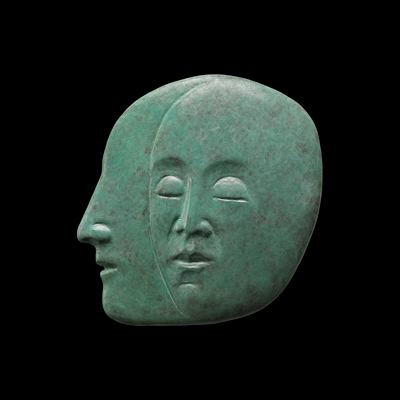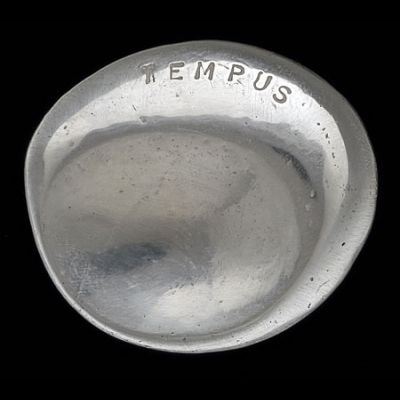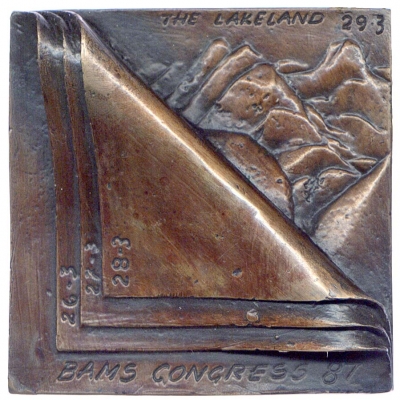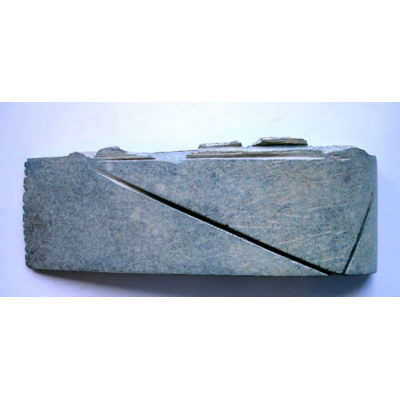Theo van de Vathorst was born in Utrecht, in the Netherlands, in 1934. From 1957 to 1962 he attended the National Academy of Fine Arts (Rijksacademie) in Amsterdam, where he trained as a sculptor. After his marriage he settled again in Utrecht in 1962, and has lived there ever since. During more than forty active years (so far) this versatile sculptor has never ceased to develop his own unique way of expression. With his broad interest in other cultures, it is not surprising to find him striving after what he considers are universal sculptural values. Most of his work has resulted from commissions. As well as making free-standing sculptures in all sizes in both bronze and stone, he has made a name for himself as a portraitist and medallist. International commissions have included those for the European Society for Paediatric Nephrology (1968), Merck, Sharpe and Dohme (1972), and the World Federation of Neurosurgical Societies (1983). Perhaps the greatest challenge of his career so far was a pair of five-metre high bronze-relief doors for a fourteenth-century Gothic cathedral, the ‘Dom’ in his city of Utrecht (for which see Marcy Leavitt Bourne’s article, ‘Talking with Theo van de Vathorst’, The Medal, 35 (1999), pp. 68-78). The artist has made over one hundred medals and multiples, about half of them from commissions, and his work has been included in every FIDEM since 1983. A book about his work was published in March 2004. The artist’s website is at www.vandevathorst.nl. About his BAMS medal, Together, Theo van de Vathorst writes: ‘I have always been fascinated by the challenge of projecting ideas, by way of sculptural forms and solutions, onto the relatively small scale of a medal. The two-sidedness, though posing an extra problem, is in fact a bonus. I always strive for a direct link between the two sides. ‘Most of my medals are concerned in one way or another with human beings and their relationships. For Together it is hardly necessary to explain what it is about. But it is too simple to see only the two figures. Underlying them is an abstract composition binding all elements involved into an interesting object.’
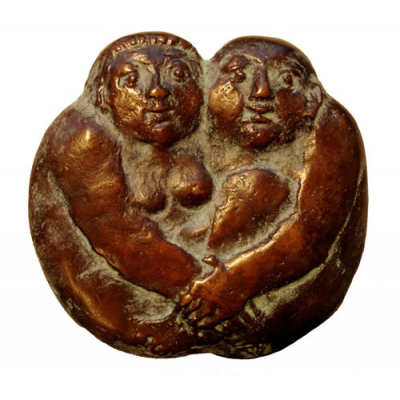
Together
Together
By: Theo Van De Vathorst, 2004
Medium: cast bronze
Size: 62 x 67mm
Cast by: Bruining Foundry, Haarlem
Issue: The Medal, no. 46 (2005)
Edition: 55

